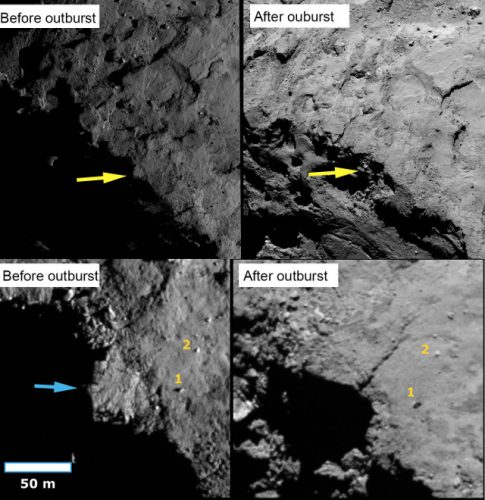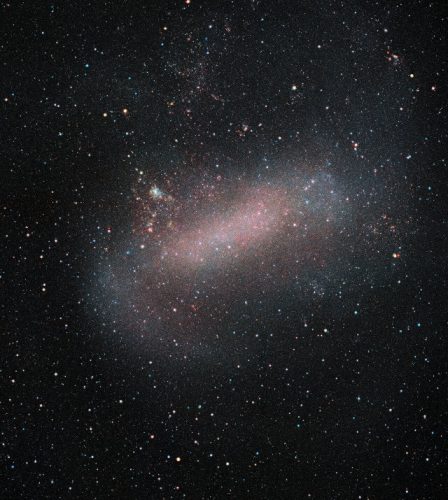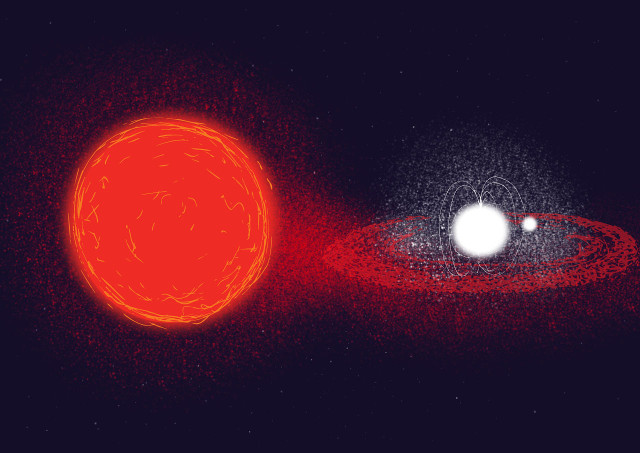
Six galaxies were observed as they became quasars in a very short time
An article published in “The Astrophysical Journal” reports the discovery of six galaxies with active galactic nuclei (AGN) which showed a remarkable change in their brightness within a few months becoming quasars. A team of researchers used data collected during the first nine months of the Zwicky Transient Facility (ZTF) survey to discover those galaxies that were classified as LINERs, fairly common galaxies that are generally bright but far from quasars. It could be a new kind of activity of the supermassive black holes at the center of those LINER galaxies.





